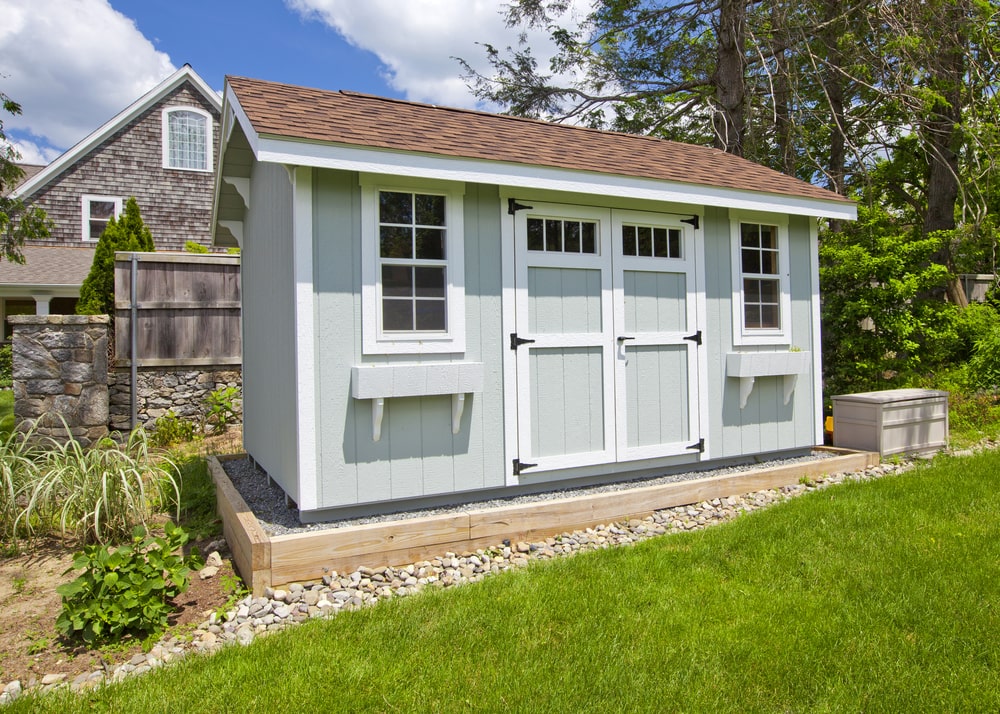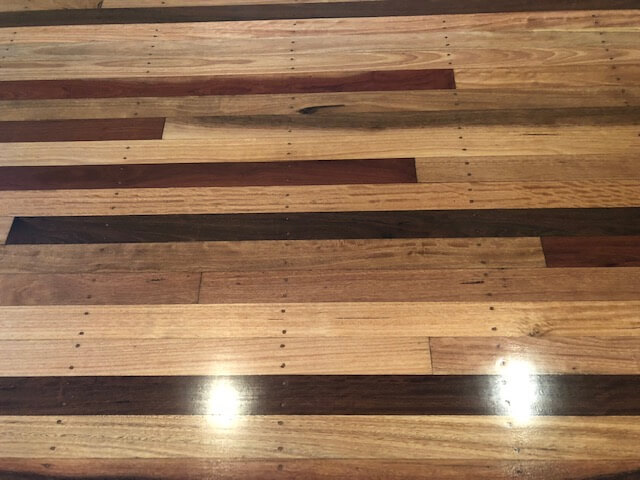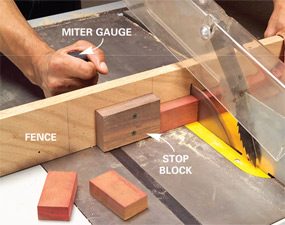
If you want to finish wood furniture, you'll need to know about different finishing techniques. Here are some common methods: staining. Shellac, paint and oil-based finishes. For more information, please read on. These finishing techniques work well with different types of wood. The instructions below will allow you to test them. Don't forget, there are always easier ways to finish wood.
Staining
There are many staining techniques for wood. It is possible to use either an oil-based or water-based stain. Apply the stain using a synthetic bristle brush, or a foam brush for small areas. Water-based stains should always be applied in the same direction as the wood grain. The stain can be applied again once it has dried. If the first stain is not satisfactory, you can repeat the process several times.

Shellac
If you want to give a wood piece a gorgeous finish, shellac is an excellent choice. It is a natural oil and is suitable for almost any type of wood. It is not able to stick to polyurethanes. Therefore, it should be de-waxed. Shellac has a downside. It only lasts six months so it is worth doing some extra work before you apply it to your piece.
Paint
Sanding is necessary before you paint wood furniture or any other surface. An orbital sander can be used to roughen the surface. Sandpaper can then be used to remove the old finish. This step is essential for the quality finish. Pay attention to the grain and sand at all joints. You will get the best results by applying several layers. After each layer, finish the wood by applying a latex varnish to prevent fading.
Oil-based varnish
You can protect your furniture by applying a varnish. Unlike water-based finishes, oil-based varnishes will protect wood for years. However, they are not suitable for all projects, and you should be aware of the drying time required. Oil-based varnishes will dry faster than water-based finishes. Be aware of this. You should also be aware of the risks involved with oil-based varnishes.
Catalyzed lacquer
Wood finishing techniques were based on uncatalyzed straight or acrylic lacquers up until the early 1990s. However, the industry found it difficult to produce waterborne and solvent-based finishes as effective as lacquer. Manufacturers experimented with modified acrylic mixtures and blended materials. Today, precat lacquers have been the industry standard. These coatings not only provide superior performance but they are also less expensive than precatlacquers.

Polishing
Polishing techniques can give wood a shiny finish. Polishing is typically done after finishing such as varnishing. It can be done with a variety of materials, including sandpaper, ceramics, paper, film, and sponge. You should sand your wood furniture completely before you begin to remove any traces of finishes. To sand the furniture use a 400 grit sandpaper. You can wipe off any wood filler by using a tacky cloth.
FAQ
How do I identify the type of wood that I am dealing with?
Always read the label when purchasing wood. The label should contain information about the wood species, its moisture content, and whether it has been treated with preservatives.
What time does it take for furniture to be finished?
It depends on what size piece of furniture you have. Boxes and picture frames are small projects that can be completed in one day. Larger projects, like desks or dining tables require several days. It takes time for the wood to be stained and sealed properly.
What kind of tools do carpenters use?
The most common tool used by carpenters is a hammer. A hammer is useful for driving nails into wood. It is also used to help hold pieces together while working on a job. Other tools include clamps and pliers, screwdrivers as well as measuring tape, pencils and saws.
Statistics
- In 2014, there were just over 237,000 jobs for all woodworkers, with other wood product manufacturing employing 23 percent; wood kitchen cabinets and countertop manufacturing employing 21 percent. (theartcareerproject.com)
- Most woodworkers agree that lumber moisture needs to be under 10% for building furniture. (woodandshop.com)
- The U.S. Bureau of Labor Statistics (BLS) estimates that the number of jobs for woodworkers will decline by 4% between 2019 and 2029. (indeed.com)
- Woodworkers on the lower end of that spectrum, the bottom 10% to be exact, make roughly $24,000 a year, while the top 10% makes $108,000. (zippia.com)
External Links
How To
How to make wood joints
This tutorial will teach you how to join two pieces wood together. We will use the pocket hole joint, which is drilling holes in the wood to join them. This works well if the wood is straight and smooth. You may want to consider other methods, such as dowel joining. Here are the steps
-
Drill Pocket Hole Joints. First, measure the area where you wish to place the pocket joint. With a handheld drill machine or jig saw, drill 3/4-inch deep holes in the ends of each piece.
-
Sand Smooth. Sanding the wood's edges will help ensure that the joint won't split later.
-
Glue Together. Apply glue to the sides of both wood. Let the wood sit for 5 minutes, then clamp it together.
-
Connect the pieces. After the glue has dried you can attach the pieces to form a flush joint.
-
Trim Joinery. Trim the excess wood around the joint after the glue has dried completely.
To be able to turn the pieces inside-out, leave enough room between them.